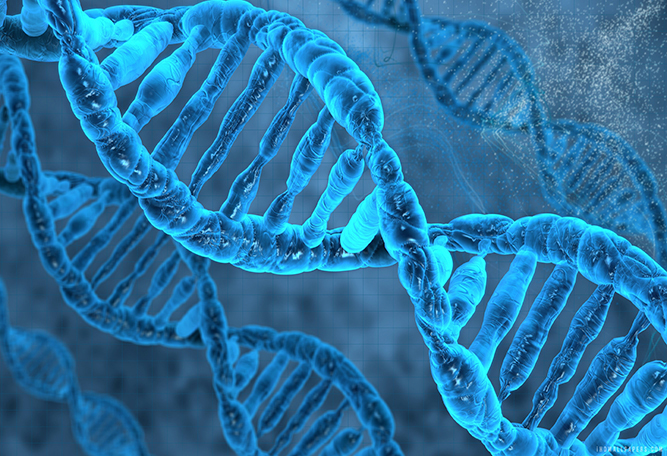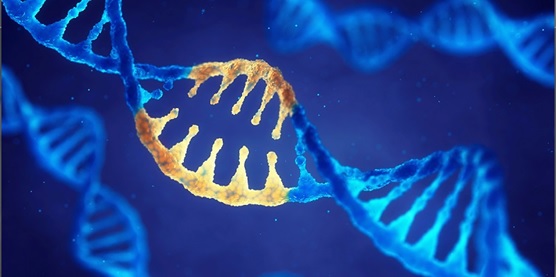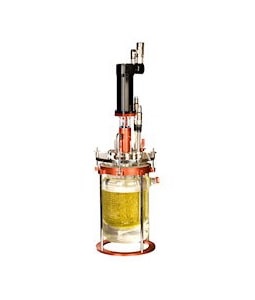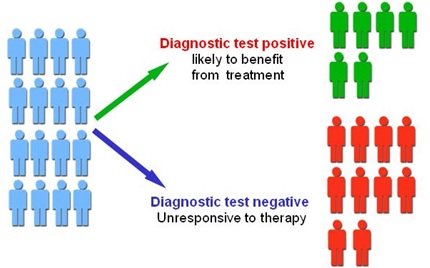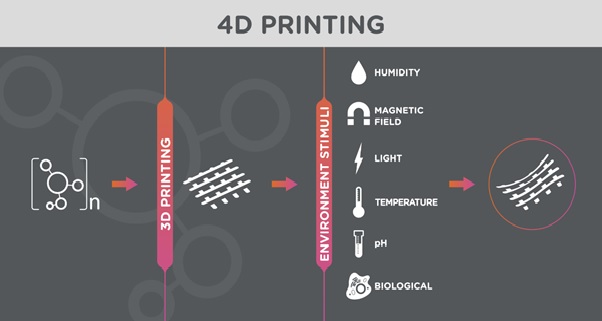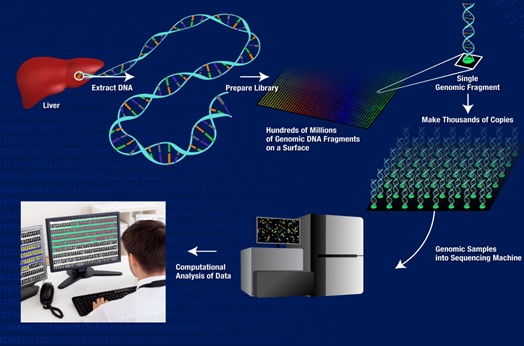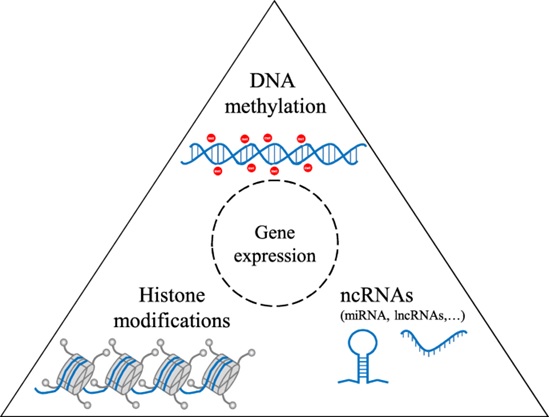Genetic Testing of the Future-DNA Chips
The production of DNA chips has evolved along two major pathways: one method uses nucleic acids that have been immobilized on the chip surface sequentially to form oligonucleotides and the other method involves complementary DNA from an individual with a known [1] genetic mutation as a source of prefabricated figure 1 shown below oligonucleotides. In either case, the problem lies with how to attach the nucleic acids or cDNA to the chip.

Figure 1: Genetic Testing of DNA Chip
Chips using nucleic acids are produced using photolithography. Photolithography, according to the Science article by Stephen Fodor, consists of the modification of synthetic linkers, containing photochemically removable protecting groups, attached to a glass substrate, usually a silicon-derivative glass chip. Light is directed at the photolithographic "mask" at specific areas of the chip in order to facilitate the removal of the photoactive groups, yielding (hydroxy groups.
These modified groups are now capable of binding other nucleotides, generating a highly specific probe, which contains the sequence of a known disease-causing genetic mutation.
DNA chips made their big splash in 1996 when Santa Clara, Calif.-based Affymetrix introduced the first [2] commercial version, which the company dubbed GeneChip. Affymetrix uses light-sensitive chemical reactions to grow a gridlike pattern of as many as 400,000 short DNA strands, called probes, on a glass wafer. Since each probe can bind to a different gene sequence in a sample of DNA, the chips allow researchers to perform what once would have been thousands of separate experiments all at the same time.
The DNA is extracted from the [3] sample and fragmented using restriction digestion, simultaneously send to the microarray lab.
The DNA of the patient as well as the normal sample is applied to the microarray for hybridization after fluorescent labelling.
The rest of the procedures are the same but instead of the gene expression, the final results indicate the presence or absence of SNP in a sample.
Millions of different SNPs of different chromosomes are being screened using the SNP analysis and thus it is one of the best tools for the population study and estimating genotype frequency.
Once the Sanford Chip is run, it falls on a laboratory director like Sherin Shaaban, M.D., Ph.D., to extract meaningful information from the data generated through the genetic testing process. That information has to be “accurate, scientifically proven and supported by evidence,” she said. “I have to put this in a format that enables the care providers, whether a primary care physician or a specialist, to use that genetic information to guide the patient care.”
References:
- https://www.ndsu.edu/pubweb/~mcclean/plsc431/students99/althoff.htm
- https://www.ias.ac.in/article/fulltext/reso/005/12/0034-0040
- https://geneticeducation.co.in/genome-on-a-chip-dna-microarray/
Cite this article:
Thanusri swetha J (2021), Genetic Testing of the Future-DNA Chips, AnaTechMaz, pp. 15



